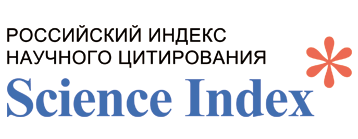REMOVAL OF COPPER (II) IONS FROM SPENT SOLUTIONS BY GRANULAR GRAPHITE ELECTRODES
Keywords:
copper (II) ions, granular graphite electrode, spent solutions, heavy non-ferrous metals, removal degree, current efficiencyAbstract
The most abundant heavy non-ferrous metals in industrial wastewater and spent solutions are lead, copper, zinc, nickel, however, it depends on the type of the industry. This work proposes the concepts of an electrochemical method of divalent copper removal from spent solutions with help of granular graphite electrodes. The study was conducted changing the meanings of the five major parameters including the current density (i), the concentration of copper (II) ions (C), the surface area of graphite electrodes (S), the concentration of sulfuric acid in the solution (M) and the electrolysis duration (τ) affecting Cu (II) ions removal percentage from solution. Experimental results show that the current density, surface area of the granular graphite electrodes and the time are the main factors that affect the removal percentage of Cu (II), while the changes in sulfuric acid concentration in solution have a minor effect. Highest copper removal value 97% and 54 % current efficiency was observed in conditions: i =150A/m2, τ = 1.5 h, [H2SO4] = 0.4 M, S = 150 cm2 which is considered as an optimal condition for copper removal process by granular graphite electrode.

















